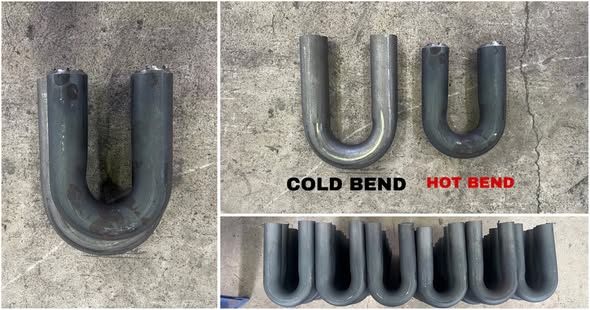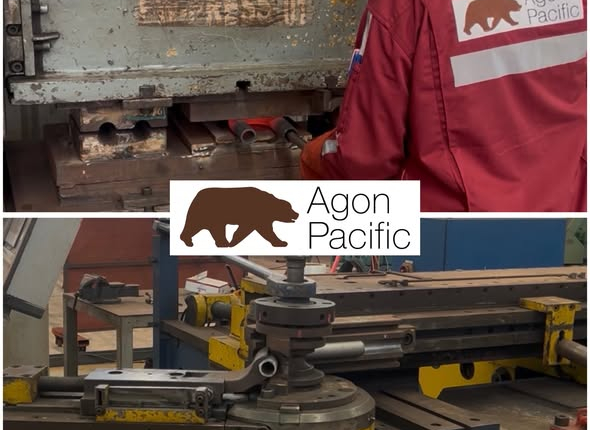Cold Bend – Bend at ambient temperature using mechanical force
Hot Bend – Heat tube (induction/furnace) before bending
• Cold Bend: R/D ≥ 1.3
• Hot Bend: R/D < 1.3, thick wall, low ductility, alloy steels
⸻
• Measure straight tube wall (before bending) → baseline tthckness of straight tube.
• Readings at Apex (180°), ±30°, ±60°, ±90°
• Record extrados (12 o’clock) thickness
• Optional: check intrados (6 o’clock) & neutral sides (3 & 9 o’clock)
• Wall ≥ design minimum thickness
• Ovality ≤ 10%
⸻


